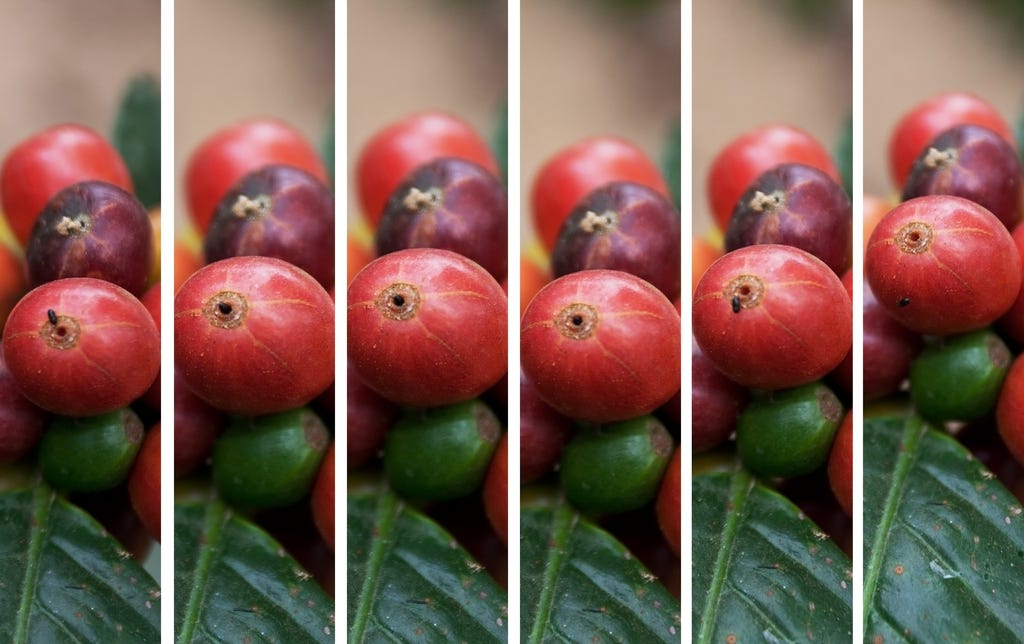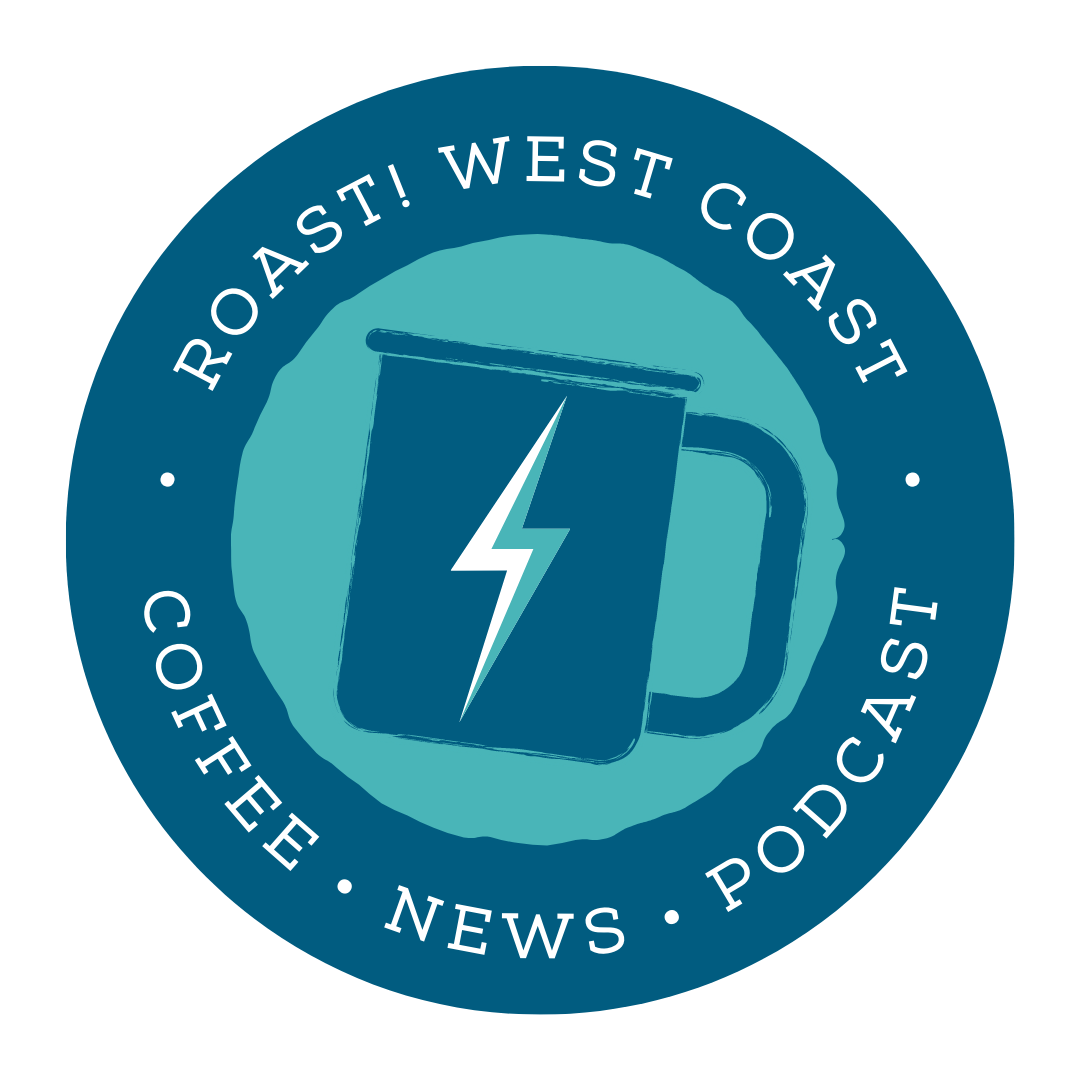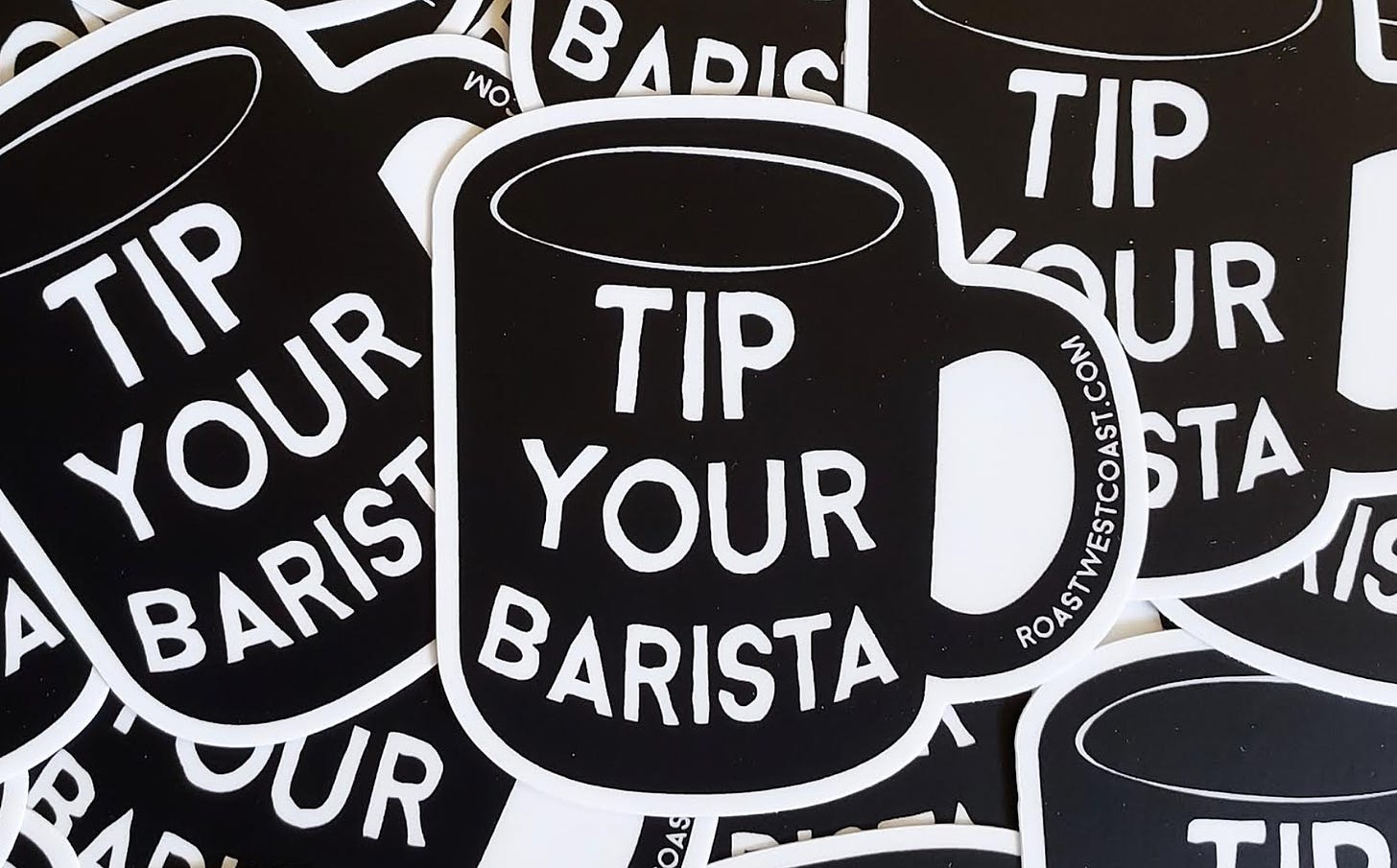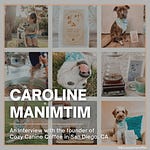S4:EP21: COFFEE SMARTER
Topic: Extraction
Guest: Jared Hales, Hacea Coffee Source
Title: Co-Founder, Coffee Buyer/Broker
Instagram: @haceacoffeesource
Website: https://haceacoffee.com/
Jared dropped a candidate for the best quote of the season in today’s episode:
We’re all just drinking seed juice getting high on insecticide.
I’m sorry…what?
That is what I was thinking, so I did a little digging. There were quite a few scientific explanations, but I’m not terribly adept at parsing the nuances of science. The Laidback Gardener (Larry Hodgson) summed it up succinctly.
…the coffee plant (Coffea arabica and others) produces it [coffee] in order to protect itself from predatory insects? When under attack by unwanted invertebrates, moreover, the coffee plant increases the dose of caffeine, often producing enough to kill the intruder.
Caffeine extracts applied to various insects (milkweed bugs, caterpillars, mosquito larvae, etc.) cause agitation, reduce appetite, inhibit reproduction, and can even lead to death.
That is pretty badass, but the story doesn’t stop there. Caffeine in coffee is kind of like a multi-tool. The coffee plant’s flowers produce a lower dose of caffeine that attracts pollinators like honey bees.
Eleven Coffees shares a UK study that shows how bees’ neurons responded to caffeine by improving their learning and memory ability.
When honey bees learn to associate the coffee plant’s floral scent with food, they are more likely to return to those flowers. This increase in foraging efficiency leads to more effective pollination. You can find that study on the National Library of Medicine website.
Despite the advantages provided to the coffee plant, there is at least one insect that is immune to its defense mechanisms, the dreaded coffee borer beetle (Hypothenemus hampei). An infestation can wipe out an entire crop, devastating coffee farmers. The beetle is native to Africa but found in every coffee-producing region. That same Eleven Coffees article shared that the beetles can ingest the caffeine equivalent of 500 espressos per day due to a unique gut bacteria.
I’m sorry…what?
The beetles are tiny, only 1.4-1.6 millimeters long. The females bore into a coffee cherry, eating away the inside of the coffee bean, causing it to rot. The damaged cherries often fall from the tree before they are fully grown. The Espresso Coffee Guide has a lot of technical info on the impact of the coffee borer beetle, including photos of the bug.
The photo below shows a coffee borer beetle crawling into the hole it bored in the top of a coffee cherry.
Caffeine in reasonable quantities not considered to be dangerous to adult humans. It can even be beneficial. According to the Mayo Clinic, humans can safely drink about 400milligrams per day. That is roughly the equivalent of six espresso shots or four cups of black coffee. We clearly can’t hang with the coffee borer beetle.
Everyone will have a different level of caffeine tolerance. Still, higher quantities of caffeine impact our central nervous systems in ways similar to the bugs impacted by the caffeine in coffee plants. Drink too much caffeinated coffee, and you might suffer headaches, insomnia, nervousness, irritability, fast heartbeat, muscle tremors, or even the inability to control urination.
These kind of tangents that come up during conversations on the Roast! West Coast podcast that I love. If you want to learn about coffee extraction, listen to the show!
CAFFEINE IN COFFEE PLANTS: ARABICA VS ROBUSTA
When it comes to caffeine, robusta has the lion’s share with nearly double the natural caffeine content. The seed of the coffee plant has the most caffeine. Despite, the extra boost, Arabica accounts for between 60-70% of coffee consumption worldwide. Generally, robusta’s bitter taste—in part due to the extra caffeine—has caused humans to view it as the inferior tasting coffee.
A significant portion of the annual robusta crop is allocated towards lower-grade coffees, think instant or freeze-dried pre-ground coffee on the grocery store shelf.
R!WC INDUSTRY PARTNERS
Mostra Coffee is in the running for SD-UT’s Favorite Coffee Shop. Vote for them here!
Mostra Coffee’s Nick Berardi won a big deal roasting award. To celebrate Mostra is giving you a discount. Use code: NICKWINS to get 15% off at Mostra Coffee until Sunday 4/17.
Camp Coffee Company is hiring a new Shift Manager. Details on the Coffee Jobs Thread.
Leap Coffee’s 6th anniversary means $6.00 off the purchase of 2 bags of coffee for you until 4/17. The online code will be: BDAY6
Click these R!WC Industry Partners links. Drink their coffees and whiskeys. Visit their cafes. Support local coffee shops. You won’t be disappointed.
Zumbar Coffee & Tea • First Light Coffee Whiskey • Leap Coffee • Steady State Roasting • CAFÉ LaTERRE • Mostra Coffee • Cape Horn Coffee Importers • Marea Coffee • Coffee Cycle • Camp Coffee Company • Ignite Coffee Company
LISTEN TO ROAST! WEST COAST ON THESE PLATFORMS
APPLE PODCASTS • SPOTIFY • ANCHOR.FM • GOOGLE PODCASTS • AMAZON MUSIC • THE COAST NEWS • TUNEIN RADIO • I HEART RADIO • POCKETCASTS • BREAKER • RADIO PUBLIC • OVERCAST • YOUTUBE • STITCHER
Thank you for reading. Roast! West Coast grows through word of mouth and our optional paid subscribers. Please consider sharing this post with someone who might appreciate it. Follow @RoastWestCoast on Instagram.
TIP YOUR BARISTA
The proceeds of every sticker sold will be used to tip a barista.
















Coffee Smarter: Extraction